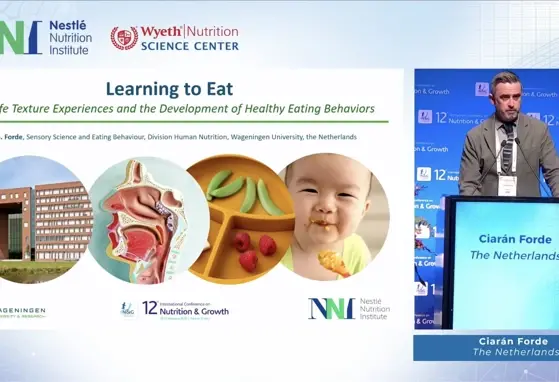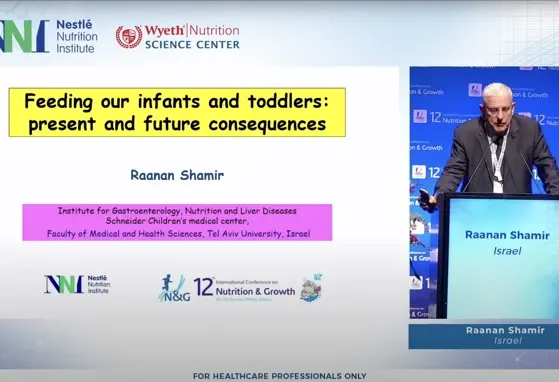Importance of Dietary Sources of Iron in Infants and Toddlers: Lessons from the FITS Study
The paper, “Importance of Dietary Sources of Iron in Infants and Toddlers: Lessons from the FITS Study”, is a recently published analysis of FITS 2008 data. Iron deficiency (ID) affects 13.5% of 1-2 year old children in the US and may have a negative impact on neurodevelopment and behavior. Iron-fortified infant cereal is the primary non-heme iron source among US infants aged 6-11.9 months.
Previously published FITS analyses revealed that the use of iron fortified infant cereal among infants and toddlers in the United States (US) is declining. The purpose of this study was to explore the impact of declining infant cereal consumption on total dietary iron intake among infants and toddlers in the US. Infants and toddlers who consumed iron fortified infant cereal consumed significantly more iron than those who did not consume any infant cereal across all age groups.
As clinicians continue to endorse the introduction of complementary foods at around 6 months of age, it is imperative that they emphasize the importance of iron, recognizing the very low intake of iron-rich meats and the declining use of iron-fortified infant cereal among young children in the US as strong reasons to recommend iron rich and iron-fortified complementary foods.
Read More
If you liked this post you may also like


Learning to Eat: Early life texture experience in the development of eating behaviors and dietary patterns


Feeding our infants and toddlers: present and future consequences